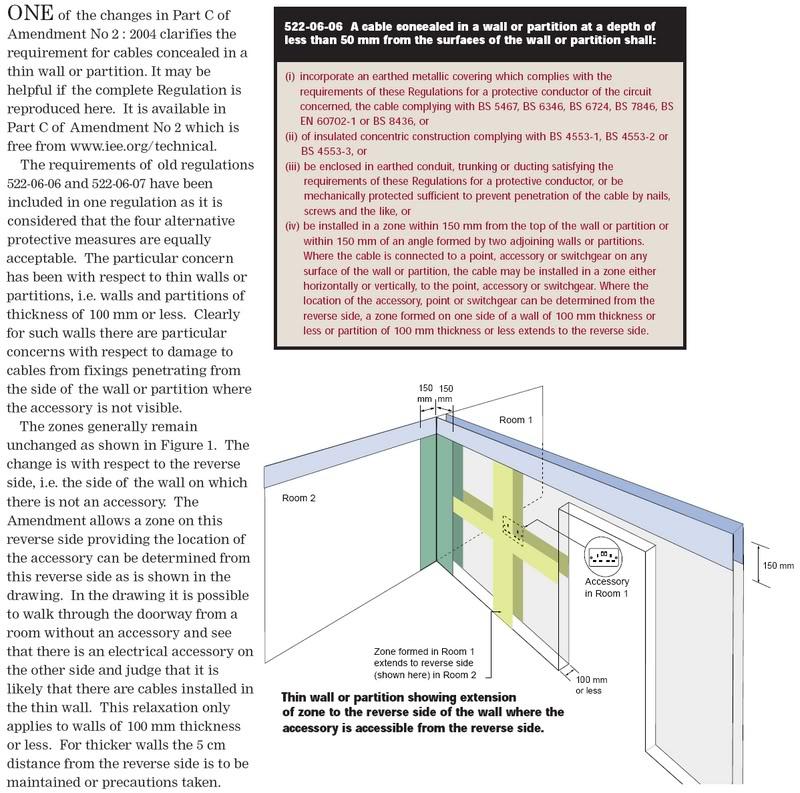That's interesting - do I take it you mean 15 kW worth of cooking equipment, after application of diversity? Assuming you do, I wonder why you limit it to 15 kW, given that a 32A circuit can service about 19 kW of cooking appliances, after diversity?... when I am doing kitchens I also put in a circuit in that can deal with 15kW of power, even if the client is going to have gas cooking appliance fitted!
Kind Regards, John


